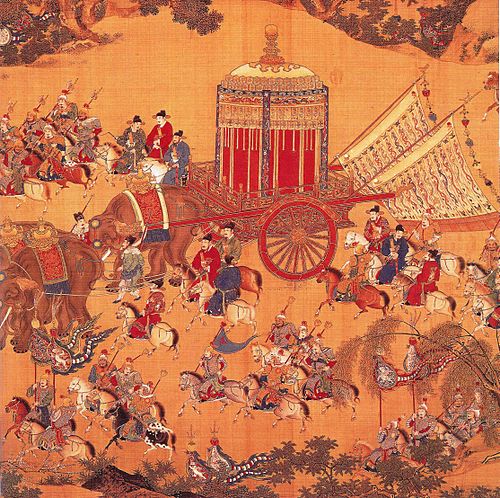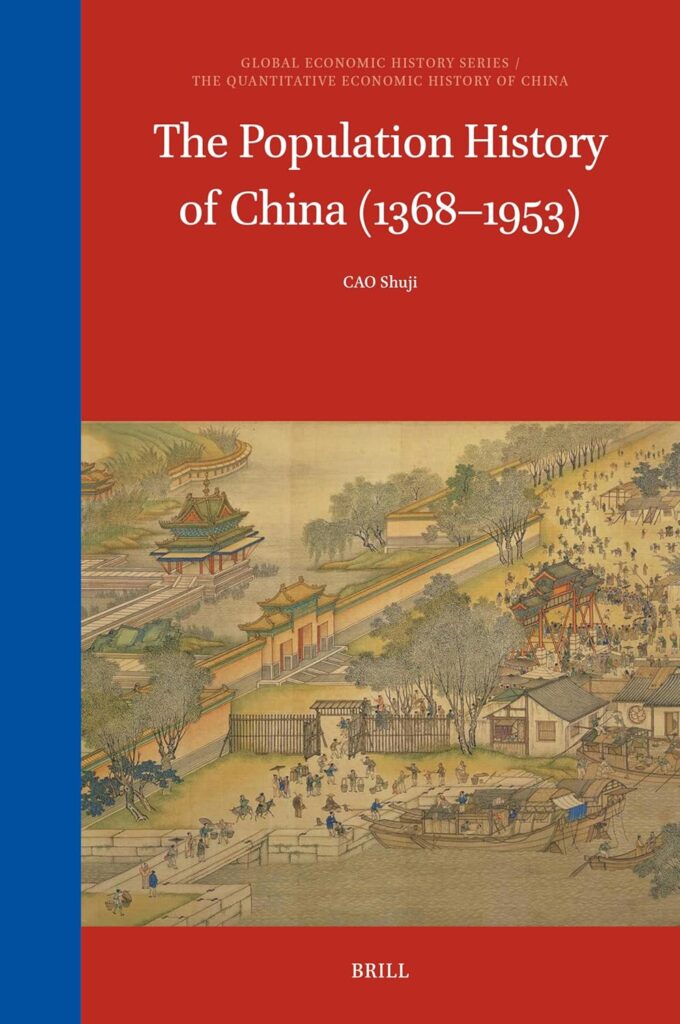Led by Professor Debin Ma, the State Capacity, Institutions, and Development Research Cluster quantifies state capacity in historical China, examining its evolution, regional variations, and impact on social and economic outcomes.
State capacity describes the ability of a state to collect taxes, enforce law and order, secure property rights and provide other public goods (Besley & Persson, 2011). Over the last few centuries, the world has witnessed an unprecedented increase in wealth as well as a remarkable transformation in the scope and scale of the state. The richest countries are characterised by long-lasting, centralised political institutions, whereas poverty is widespread in countries that are internally fragmented and lack a history of centralised governance. It is important to quantify state capacity in historical China, understand how it evolved over time and differed across regions and investigate how state capacity affected social and economic outcomes. The State Capacity, Institutions and Development Research Cluster investigates these and other questions quantitatively, as this is one of the most important pieces of the China puzzle.
本文首先考證了明代河南漕糧交兌點在㆕個㆞點間的六次往返變換,並通過這種變換說明河南漕糧交兌這㆒經濟活動對小灘鎮和大名府的依賴。其次,本文通過對大名府軍屯數量以及軍屯兼併情況的考證,說明了大名府㆞方社會、政治空間的「犬牙相入」,並展現了被拋棄的腹㆞是如何通過軍屯參漕糧交兌和邊糧供給這兩大經濟活動㆗。最後,通過大部分河南漕糧的對撥目的㆞由薊州鎮變為通、太㆓倉這㆒歷史進程,亦能㆒窺實物型財政亦或洪武型財政的逐漸崩壞。


This paper examines the transition from limited to open-access societies, focusing on early and high-Tang China (618–906). Using a dataset of 1,261 marriages from 618 to 755, we find that Empress Wu’s rise to power in 674—the first and only female emperor in Chinese history—positively impacted upward mobility. After 674, men from common and poor clans were more likely to marry into elite clans. This increase in inter-class marriages was primarily driven by Empress Wu’s expansion of national civil examinations, which strengthened her legitimacy and created new opportunities for social advancement.


This study exploits a special historical case-openings of treaty ports in 19th-century China to examine how upper-tail human capital, quantified via book creation, impacted modernization when facing external pressures. Employing a prefecture-level panel dataset from 1840 to 1904, the study establishes book density, indicative of knowledge endowment, as a significant and positive predictor of modern firm entry following the opening of treaty ports. To understand the mechanism, a critical aspect lies in understanding the Civil Service Examination (keju), an indigenous institution that historically dominated talent accumulation and allocation in China. By integrating data with keju, we find that exposure to Western influence mobilized the segment of upper-tail human capital at the bottom or outside of the keju system into entrepreneurship. This paper illustrates the dynamics between indigenous institutions and external pressures.


From 1368 to 1953, China’s administrative divisions were mainly composed of counties, prefectures, and provinces. This book shows the population figures, density, and changes in the provincial population in China during this period and population figures of each major city and town and its proportion in terms of the provincial population during this period―the urbanization rate. Data in this book is drawn partly from historical sources and partly from statistical-model-based calculations. The book also includes provincial population maps in 1393, and their original statistical models, population databases, and metadata.
本書是一本關於明清時期中國人口制度及中國人口數量變化的著作。本書給出了 1393、1580、1630、1680、1776、1850、1880、1910 和 1953 等 9 個年份的中國分府人口,以及 1393、1580、1776和 1910等 4個年份的分府城市人口。本書對於明清之際的人口死亡,以及清代後期因戰爭、旱災與流行病造成的人口死亡,均以府為單位,給予了詳細的描述並給出盡可能完整的統計數據。
The work described in this paper was partially supported by a grant from the Research Grants Council of the Hong Kong Special Administrative Region, China (Project Reference Number: AoE/B-704/22-R).


亞當•斯密在1776年《國富論》中對禁奢法進行了批判,他認為統治者是社會上最大的浪費者,他們應當對個人消費行為持審慎態度,不能預設其臣民也會做到開源節流。雖然禁奢法在歷史學和社會學中備受關注,但在經濟學領域似乎沒有得到足夠重視。近期,Desierto, D.與Koyama, M.在其研究論文“The Political Economy of Status Competition:Sumptuary Laws in Preindustrial Europe”中分析了普通市民的消費對社會精英的潛在影響。


南非的種族隔離制度是當代世界史上最重要的事件之一,其關鍵內容是劃定所謂的「家園」區域,並迫使數百萬非洲黑人從白人居住區遷至基礎設施較差的「家園」。 許多學者認為種族隔離制度是南非成為當今世界上最不平等國家之一的主要原因。 然而,量化南非種族隔離制度經濟和社會影響的研究仍相當有限。


金融危機的社會成本很高,然而我們還沒有學會如何避免危機。為什麼我們很難從過去的事件中吸取教訓,以避免付出嚴重代價?是因為危機太獨特?還是有其他原因導致我們無法從中汲取經驗教訓? 美國哥倫比亞大學的Charles W. Calomiris和猶他州立大學的Matthew Jaremski最新發表在Journal of Financial Intermediation的論文“The puzzling persistence of financial crises: A selective review of 2000 years of evidence“,用一種新的方法來研究金融危機。通過對2000年歷史中的10個典型金融危機案例進行研究,作者試圖揭示在眾多案例中反覆出現的最重要因素。


在討論倫敦房價與社會經濟結果之間顯著的差異時,漢普斯特德區的繁榮與哈林蓋區的相對貧困提供了具體的研究案例。 這些差異部分可以通過地理優勢來解釋,例如漢普斯特德憑藉其山頂位置和自然景觀吸引了高端房產市場。而另一個解釋則著重於鄰里效應,強調社區的社會經濟構成是如何通過影響個體偏好和公共服務品質(如教育和治安)進而影響居民行為的。


中國和德國都曾由長期的分裂走向了相對穩定的統一。就像中國學者討論為什麼是秦滅六國,Davide Cantoni、Cathrin Mohr和Matthias Weigand三位德國學者探究了為什麼是普魯士統一德國。在探究的過程中,作者們揭示了國家間競爭與現代國家生成的動態關係。


- 1
- 2



